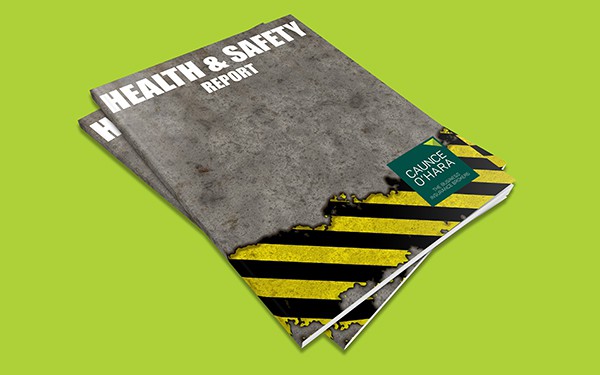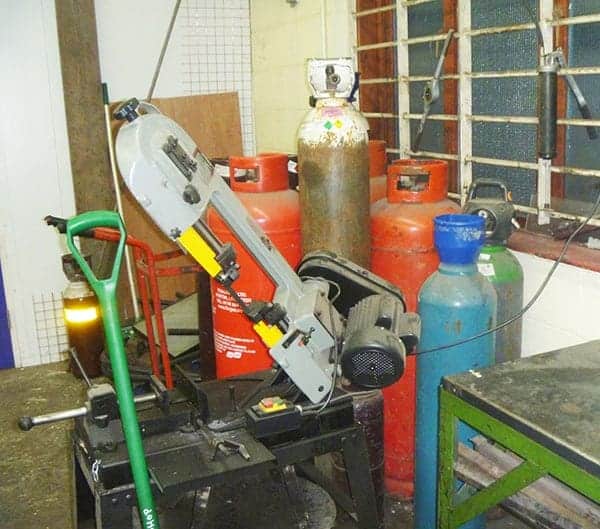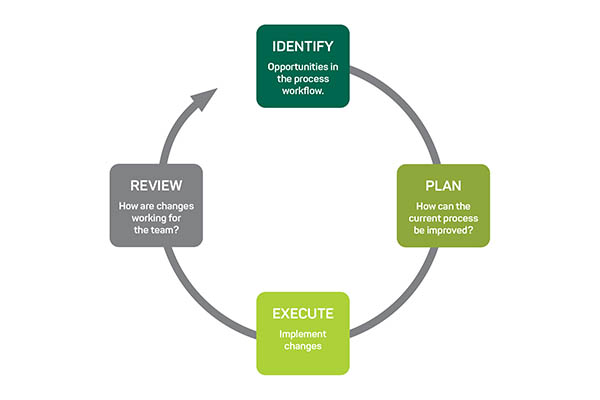
ISO 14001 Occupational Health and Safety Management Systems
Posted on 7th August 2018 by Phil Ainley
This business insurance product is offered by our partners at Caunce O’Hara Insurance Brokers Limited. To find out more please visit www.cohibl.com or call 0161 833 2100.
In business as in life, everything changes, and health and safety management systems are no different.
Briefly, ISO is the body for internal standardisation, originally established in 1947 to set down requirements to help businesses effectively trade and give assurance to customers on products and services.
The ISO 14001 family of standards provides practical tools for companies and organisations to manage their environmental responsibilities, with ISO 14001:2015 and ISO14006:2011 focussing on the environmental systems needed for organisations to achieve this. The other standards in the ISO family focus on Quality and on Management Standards.
ISO 45001 is a newer addition to the worldwide standard which was developed specifically to help organisations reduce the burden of occupational health and safety management systems. It does this by providing a framework to improve employee safety, reduce workplace risks and create better and safer working conditions.
The standard was created by a committee of occupation health and safety experts. It follows other generic management systems approaches including ISO 14001 and ISO 9001. It also takes into account OHSAS 18001, the ILO-OSH guidelines and various national international labour standards.

Occupational Health and Safety management systems will help with ensuring workplaces are safe to work in.
ISO 14001 introduced in March 2018 updates and reimagines the early OHSAS 18001, embracing the format of the rest of the ISO ‘family’ such as ISO 14001 (Environment)
It introduces the principles of planning, doing, checking and acting on changes needed to bring continual improvement.
BSI have only approved the management systems of 10 companies so far, so needless to say, there is a lot of work to be done over the coming months with existing companies accredited with OHSAS 18001 working towards September.

Kaizen is the model of continuous improvement
To help interpret the variations from old to new here are a few pointers that may help.
1) There is a new structure to bring the management system in line with other ISO on the principle: plan it, do it, check it and act on improvements.
2) Determine issues and requirements that impact on the planning of the OHS management system. The context of the business environment should be reviewed it is operating in identifying both external and internal issues – external are technological, market, competition, culture and other social factors (this will facilitate the intended results for the OHS management system)
3) Adopt a better understanding of the needs of interested parties, all stakeholders, suppliers, distributors, retailers, supply chain, and predict future compliance requirements
4) Promote high level leadership – there needs to be more commitment from top management identifying work related safety risks into business processes and framework needed. Responsibility does not just rest with OHS/leadership and not lie with one person.
5) Promote worker participation. Consider worker participation in hazard identification, risk assessment, risk management and control, provision of time and resources to accomplish tasks, identify training needs and create, more awareness of hazards and OHS risks,
6) Foster and enable effective co-operation (such as point of work risk assessment) and hazard Identification.
7) Documentation and information to be standardised controlled and managed and applied to outsourced organisations.
8) Finally, a very important concept is the need for continual improvement. This requires the business to take proactive measures as part of the continual improvement of risk management of the company. Standing still is therefore not an option. So many management systems we see have not moved forward.
We hope these pointers are helpful for now and further updates will be issued in addition to BREXIT implications on health and safety in upcoming blogs.
For further information ABOUT ISO 14001 contact our risk manager stevehaines@hjsites.co.uk
Related Articles
Risk Management Articles
Author Steve Haines, Risk Manager at Caunce O’Hara Insurance Brokers Ltd
Useful Links

Professional Indemnity Insurance
Protects against claims of alleged negligence in your professional services, advice and designs.

Public Liability Insurance
Protects against claims of injury to third-parties or damage to a third-party's property.

Directors and Officers Insurance
Protects your assets in the event of a claim. You may be held personally responsible for your business action and will have unlimited personal liability.
